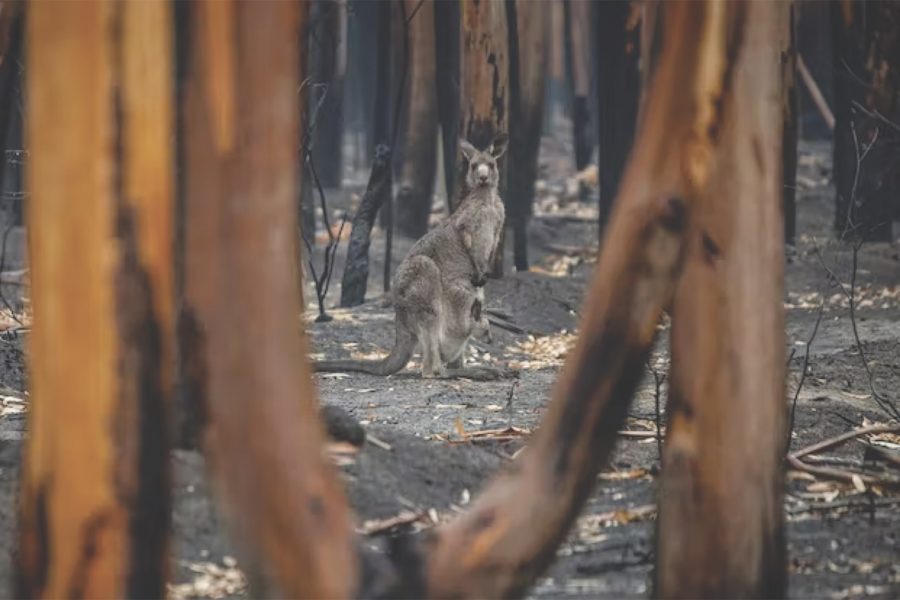
Mega fires mega study
A mega study involving over 100 scientists has uncovered some startling findings into how the megafires that tore through Australia’s forests in 2019-2020 impacted animals and plants.

A mega study involving over 100 scientists has uncovered some startling findings into how the megafires that tore through Australia’s forests in 2019-2020 impacted animals and plants.
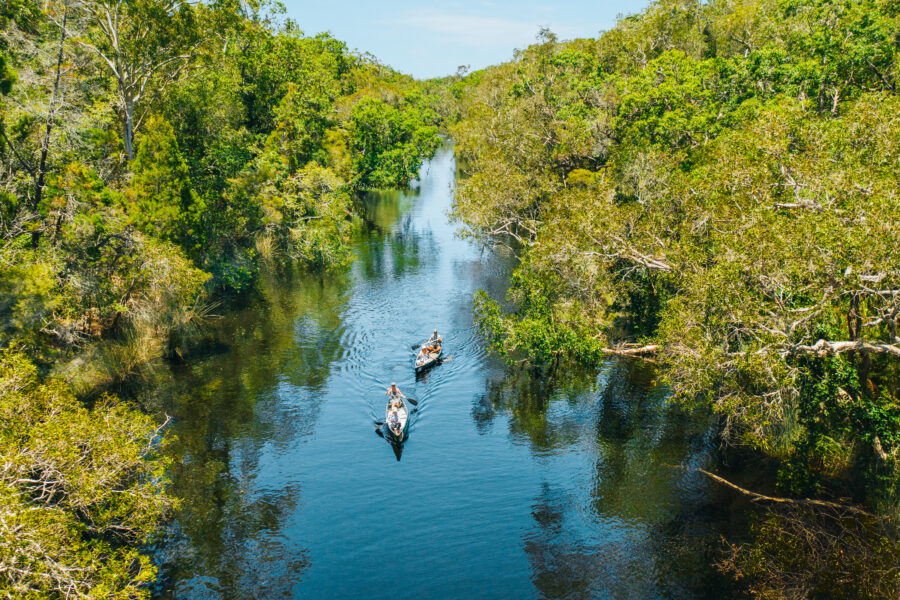
On the bustling Sunshine Coast, the Noosa Everglades offer a pocket of serenity.
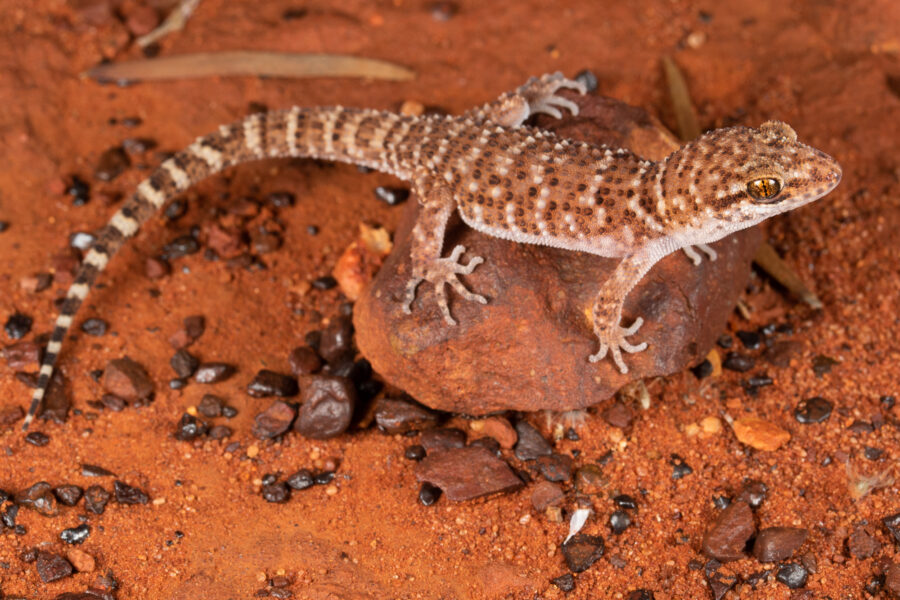
Hiding beneath scrap metal and abandoned cars in the Australian desert, you can find an ordinary-looking species of gecko that has an extraordinary biological trait: they don’t have sex.
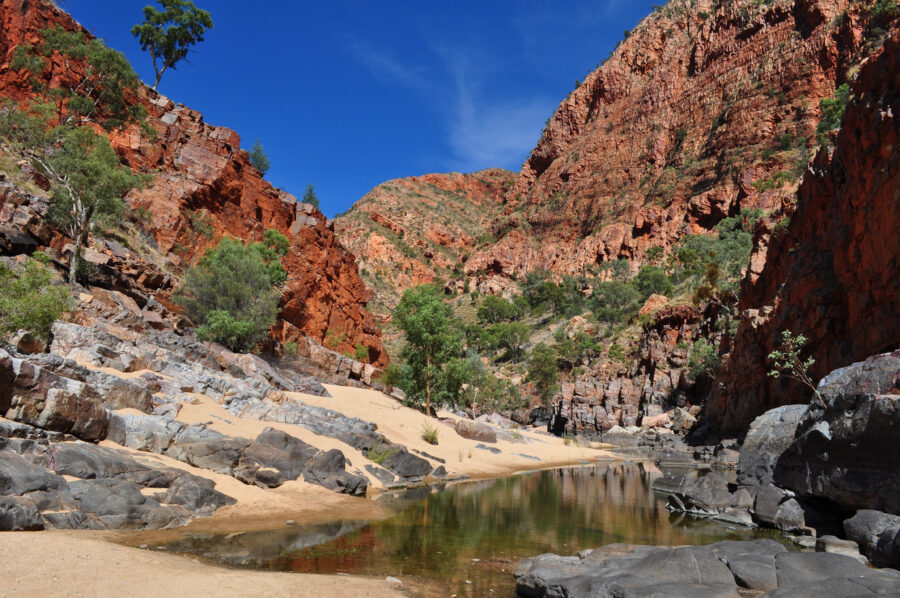
Safeguarding landscapes less impacted by climate change can help secure biodiversity, argues environmental biologist Gunnar Keppel.
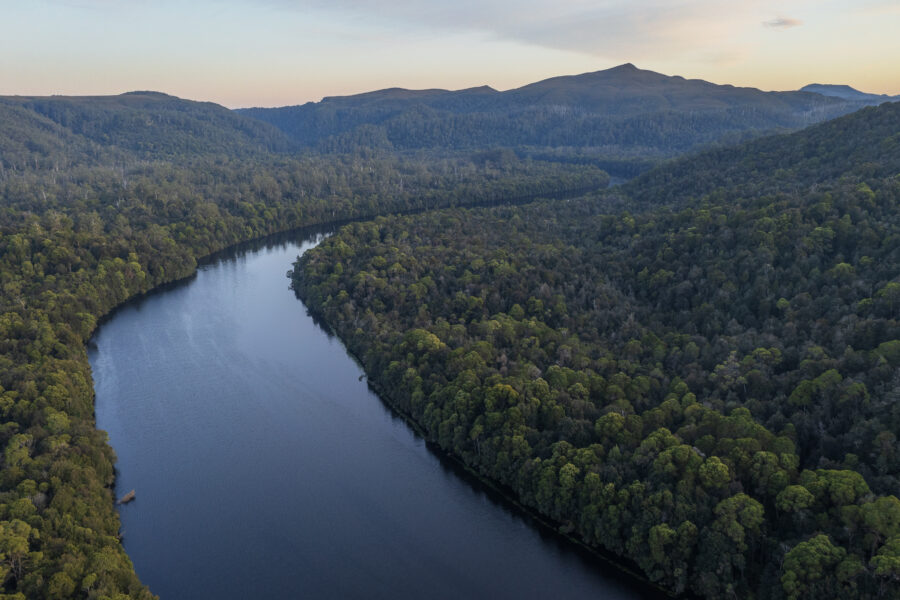
This sprawling forest wilderness in north-west Tasmania is an ancient haven for wildlife.

Wilting flowers might not signal poor flower or plant health, but rather the effects of a sophisticated resource management strategy in plants, millions of years in the making.
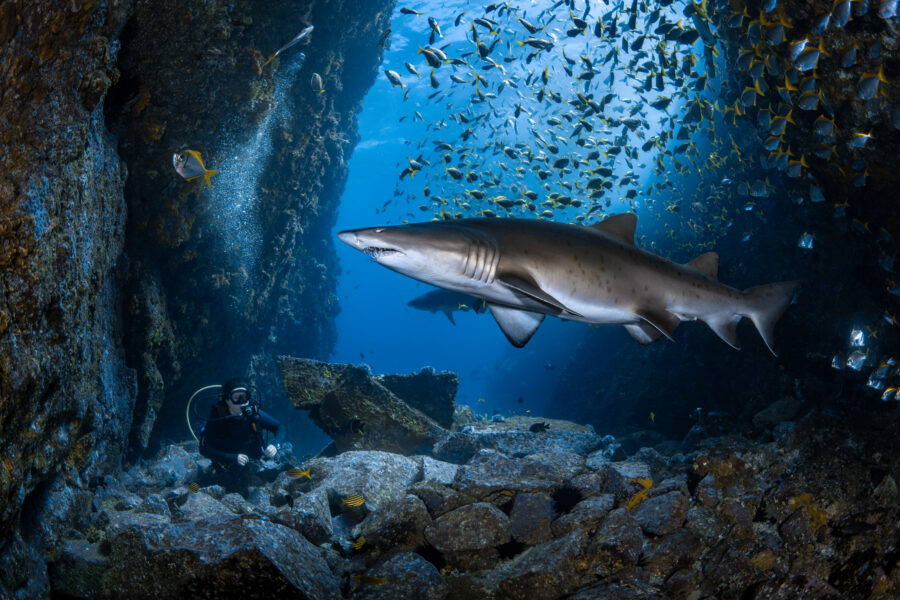
This unassuming rocky site marks a place where the ocean gleams and ripples with the riches of life.

The beauty of Western Australia’s wildflowers runs deep. These plants have an important ecological role and a cultural heritage.
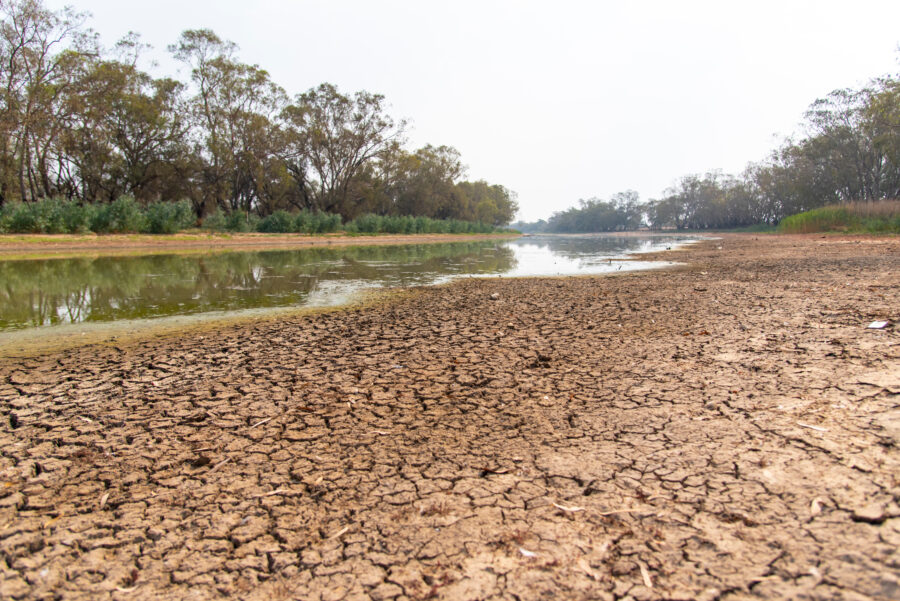
Australia is enduring harsher fire seasons, more ocean heatwaves and sea-level rise.
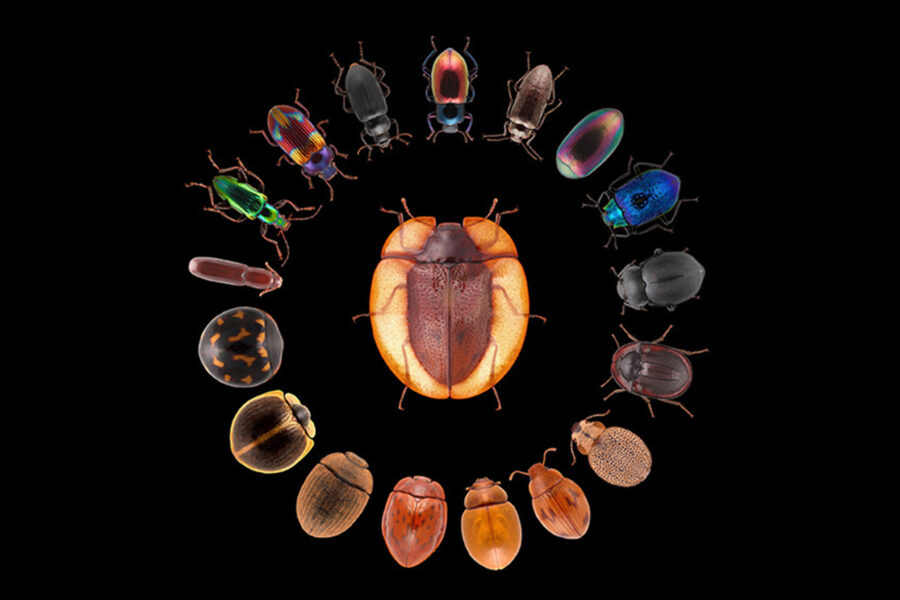
Scientists from The Australian National University (ANU) and CSIRO have used genomic analysis to reconstruct the evolutionary tree of more than 300 darkling beetle species.